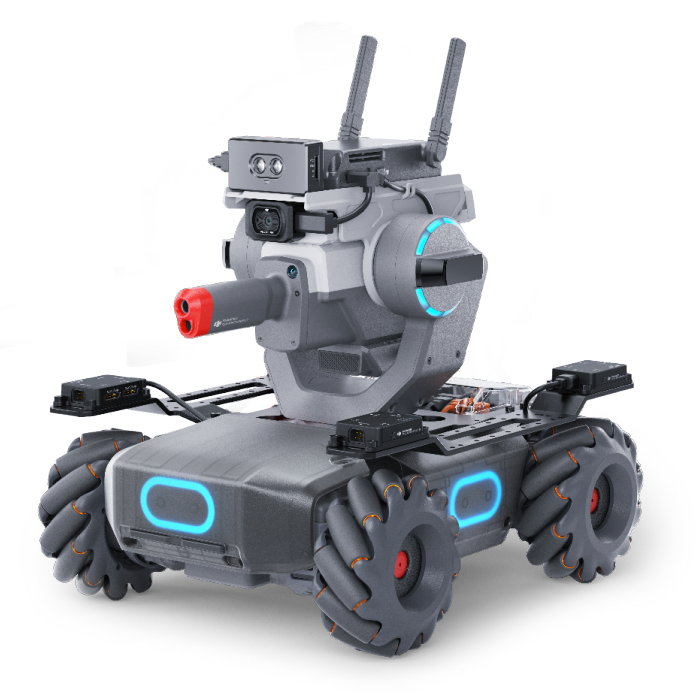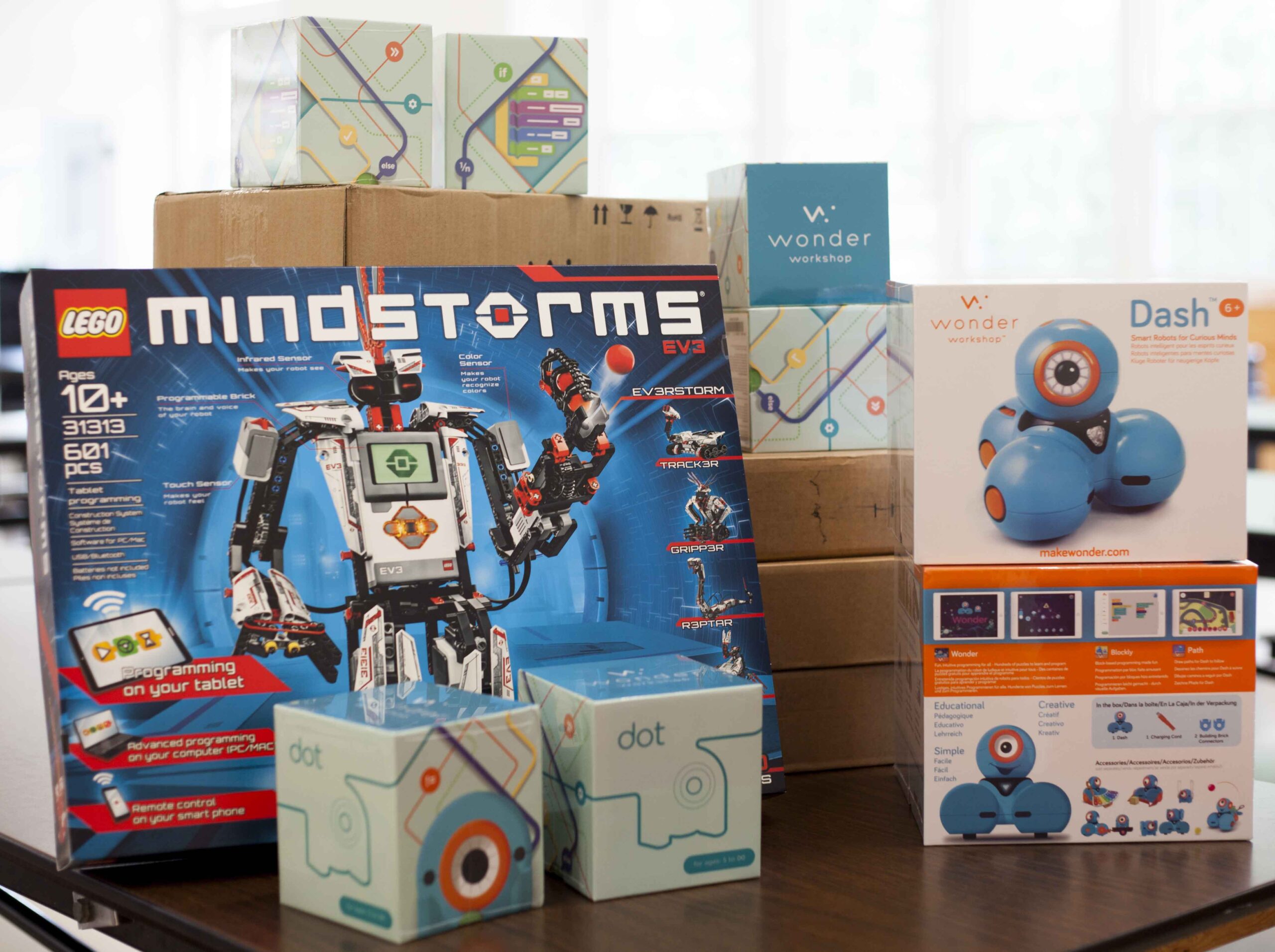How to use machine learning for embedded systems?
Embedded systems have become an integral part of our daily lives, from smartphones to smart home devices. These systems are designed to perform specific tasks with limited resources, making them ideal candidates for machine learning applications. Implementing machine learning algorithms in embedded systems can optimize performance, reduce power consumption, and enable real-time decision making. In this article, we will explore how to leverage machine learning for embedded systems effectively.
1. Choose the right algorithm
When implementing machine learning in embedded systems, it is essential to select algorithms that are lightweight and efficient. Algorithms such as Decision Trees, Random Forest, Support Vector Machines, and K-Means Clustering are well-suited for embedded systems due to their low computational complexity and memory requirements.
2. Optimize for resource constraints
Embedded systems have limited processing power and memory, so it is crucial to optimize machine learning algorithms for resource constraints. Techniques such as pruning decision trees, reducing the number of features, and using quantization can help reduce the computational and memory overhead of machine learning models.
3. Implement hardware acceleration
Hardware acceleration can significantly improve the performance of machine learning algorithms in embedded systems. Using specialized hardware such as GPUs, FPGAs, or ASICs can speed up computations and reduce power consumption. Implementing hardware acceleration can also enable real-time processing of large datasets.
4. Consider real-time requirements
Embedded systems often require real-time decision making, making it essential to consider the latency of machine learning algorithms. Techniques such as online learning, streaming algorithms, and model compression can help reduce latency and enable real-time inference in embedded systems.
5. Test and validate
Before deploying machine learning models in embedded systems, it is crucial to thoroughly test and validate their performance. Conducting rigorous testing on real-world data can help identify potential issues and ensure the reliability of machine learning algorithms in embedded systems.
6. Update and maintain models
Machine learning models deployed in embedded systems may degrade over time due to changing environments or hardware degradation. It is essential to periodically update and maintain machine learning models to ensure optimal performance and accuracy. Implementing techniques such as transfer learning and model retraining can help improve the robustness of machine learning models in embedded systems.
7. Conclusion
Machine learning has revolutionized embedded systems by enabling intelligent decision making and optimization. By following the tips mentioned above, you can effectively implement machine learning algorithms in embedded systems for optimal performance and efficiency. With the right approach and techniques, machine learning can unlock new possibilities for embedded systems and enhance their capabilities.
How to use machine learning for embedded systems?
Embedded systems have become an integral part of our daily lives, from smartphones to smart home devices. These systems are designed to perform specific tasks with limited resources, making them ideal candidates for machine learning applications. Implementing machine learning algorithms in embedded systems can optimize performance, reduce power consumption, and enable real-time decision making. In this article, we will explore how to leverage machine learning for embedded systems effectively.
1. Choose the right algorithm
When implementing machine learning in embedded systems, it is essential to select algorithms that are lightweight and efficient. Algorithms such as Decision Trees, Random Forest, Support Vector Machines, and K-Means Clustering are well-suited for embedded systems due to their low computational complexity and memory requirements.
2. Optimize for resource constraints
Embedded systems have limited processing power and memory, so it is crucial to optimize machine learning algorithms for resource constraints. Techniques such as pruning decision trees, reducing the number of features, and using quantization can help reduce the computational and memory overhead of machine learning models.
3. Implement hardware acceleration
Hardware acceleration can significantly improve the performance of machine learning algorithms in embedded systems. Using specialized hardware such as GPUs, FPGAs, or ASICs can speed up computations and reduce power consumption. Implementing hardware acceleration can also enable real-time processing of large datasets.
4. Consider real-time requirements
Embedded systems often require real-time decision making, making it essential to consider the latency of machine learning algorithms. Techniques such as online learning, streaming algorithms, and model compression can help reduce latency and enable real-time inference in embedded systems.
5. Test and validate
Before deploying machine learning models in embedded systems, it is crucial to thoroughly test and validate their performance. Conducting rigorous testing on real-world data can help identify potential issues and ensure the reliability of machine learning algorithms in embedded systems.
6. Update and maintain models
Machine learning models deployed in embedded systems may degrade over time due to changing environments or hardware degradation. It is essential to periodically update and maintain machine learning models to ensure optimal performance and accuracy. Implementing techniques such as transfer learning and model retraining can help improve the robustness of machine learning models in embedded systems.
7. Conclusion
Machine learning has revolutionized embedded systems by enabling intelligent decision making and optimization. By following the tips mentioned above, you can effectively implement machine learning algorithms in embedded systems for optimal performance and efficiency. With the right approach and techniques, machine learning can unlock new possibilities for embedded systems and enhance their capabilities.



